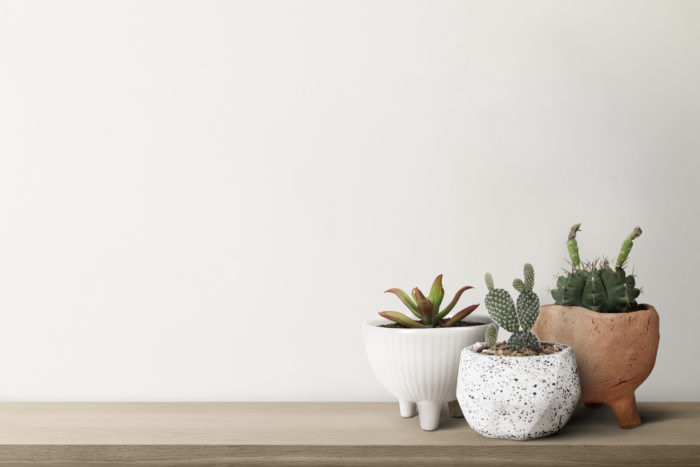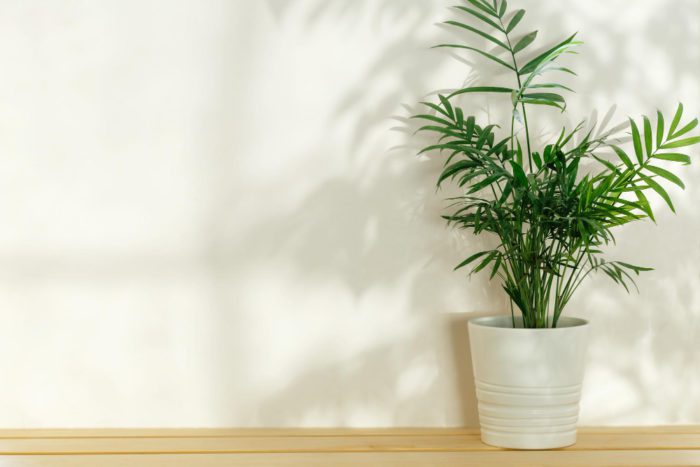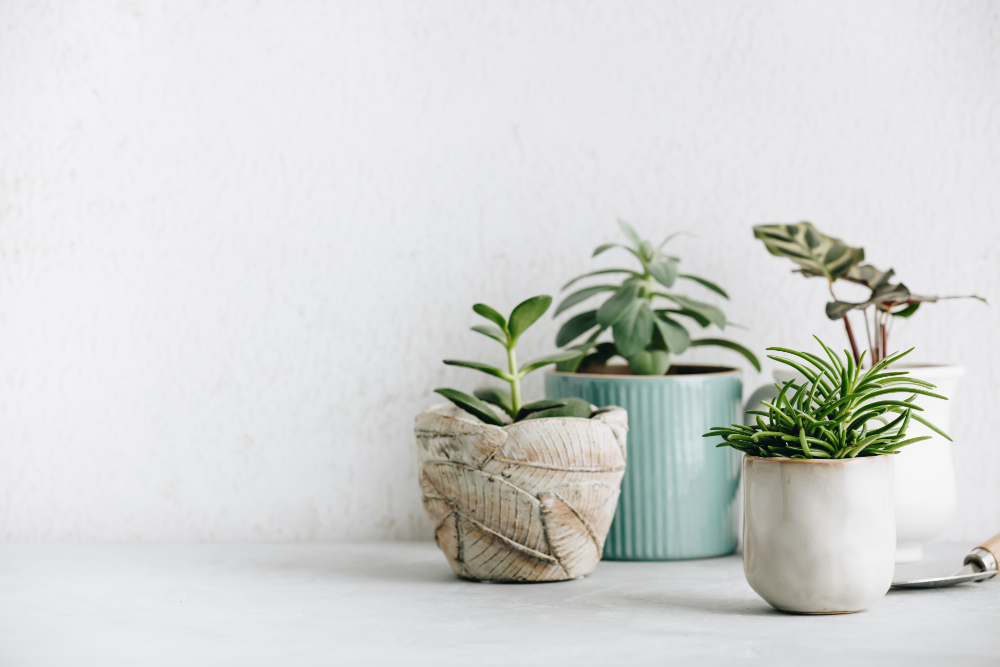Indeed, most plants usually die due to a lack of proper care. But is it the only reason for their death? No.
Plants can die because of a termite infestation too. Termites not only attack wooden structures, but potted plants are also their target.
Whether you keep them inside or outside, termites will find their way to them.
Important Note: If you're tired of pests and want a reliable solution, then you should definitely consider seeking help from a professional pest control company. DIY solutions can be effective, but if you're dealing with a significant pest infestation, you don't want to rely solely on DIY methods. Pest control companies typically don't charge huge fees. You can fill out this form to receive free quotes from the top local pest control companies, and compare the quotes and see for yourself. Then, finally, your pest problems will be eliminated for good.
What makes them attack plants? And how are we going to identify the damage?
This article will provide you with the answers to the above-mentioned questions and will also discuss how to protect potted plants from termites.
Why Do Termites Choose Potted Plants?

Potted plants should be kept outside because termites are more likely to infest indoor plants rather than outdoor ones. The main reason for their infestation is sunlight.
If you keep your potted plants indoors, there are high chances of not getting enough sunlight. Due to this, the plant starts getting dry. The root starts dying, this leads to the development of a type of moisture in them. Termites seek moisture and thus attack the roots of potted plants.
Is this cause enough for the infestation? The answer is no. Another way your indoor potted plants can get termites is due to the presence of an infestation in your house.
Termites can attack from anywhere. If there is an infestation present in walls, ceilings, or floors, then there are high chances of termites attacking your indoor potted plants.
As I have already said, sunlight is the main reason for the attack on indoor plants. Does that mean termites can’t attack outdoor potted plants? Well, they can.
If you have kept your plants anywhere near the soil, then the moisture will develop. This moisture will invite termites.
So we can say the moisture is the reason why termites attack potted plants.
Signs of Termites in Potted Plants

After understanding why termites attack potted plants, now it’s time to understand the signs of a termite attack. Following are the signs of termite infestation in plants:
Drying of Leaves
Termites feed on roots as soon as they enter the pot. This causes the leaves to dry which ultimately leads to their death.
Presence of Small Holes in the Soil
These can be termed pinholes created by termites when they try to come out of the soil. They usually do so to attack the main branches of plants.
Mud Tubes
Mud tubes act as a passage for termites. They carry their food through these tubes. These tubes are also used for traveling purposes. Termites use these to reach the plants and carry the food to their colonies. These can be seen around the pot or even on its outer surface.
Rotting of Leaves
Leaves get their nutrients from roots. Since termites eat roots, the leaves don’t get their nutrition and start rotting. This is the earliest sign of a termite infestation.
Change in Color of the Soil
With termites comes their excreta too. This excreta is responsible for the change in soil color. It changes from brown to light red.
Water Not Drying Up
Since the roots get eaten up by the termites, the absorption of water stops. Because of this, the water you pour into the pot remains unabsorbed. Instead of growing, the plant starts dying.
How to Eliminate Termites From Potted Plants?

Sometimes, termites can be beneficial to your plants. Sounds strange, right? Especially after reading about what could happen to your plants because of a termite infestation.
But this is true, only if your plants are not woody. Termites dig up the soil and increase their aeration.
But in case your plants are woody or termites don’t get any wood to eat, they will start eating the plants and even pots too if made up of wood.
To avoid this, here are some ways to get rid of termites:
Setting up Traps
Cardboard boxes are best for the traps as they are made up of cellulose. You just need to wet the cardboard as termites are attracted to wet cellulose. Once termites start eating them, dispose of that cardboard box.
Attracting Predators
There are many birds, animals, and reptiles that prefer eating termites. You can attract them to your garden to kill termites. For this, the potted plants should be present outside. Lizards, frogs, sparrows enjoy making a meal out of termites.
Home Remedies
Chemical pesticides should not be used as they will kill the plants. It is always advised to go for organic treatments when eliminating termites. The following are some of the home ingredients which can be used to get rid of termites:
- White Vinegar – We just have to mix it up with lemon juice, and your termite killer is ready. Use it with the help of a spraying machine.
- Cayenne Pepper – It has got capsaicin which damages the nervous system of termites. You can use it in the form of a mixture of vegetable oil, water, and pepper powder too. Just like vinegar, the spraying bottle can be used here as well.
Using Diatomaceous Earth
Let’s understand what diatomaceous earth is. It is the fossilized material of microscopic organisms known as diatoms.
The sharp edges of diatomaceous powder cut the outer shell of termites by getting stuck in their joints. Due to this, termites get dehydrated and ultimately die.
Spray this powder on plants every week. Once the termite comes in contact with them, they will die.
Wear masks and gloves for precaution. And if you don’t want it to fly around, you can mix it up with water too.
Since it’s a natural process, it takes time.
To ensure the safety of plants, always buy food-grade diatomaceous earth from a garden center or an online store.
Sunlight
Termites like to stay in dark places, either the soil or hidden in the plants. So moving your infested plant into the sunlight is one of the best ways to get rid of termites as it burns them.
Protection of Potted Plants

Protection can be done by eliminating the cause. Since moisture is the main reason for the infestation, it is important to eliminate it first.
Leakage should be fixed. Moisture ladened walls or roofs should not be present in the house as it attracts termites.
The indoor plants can be protected by keeping them in sunlight. In case, there is no sunlight, a dehumidifier can be used.
For the protection of outdoor plants, you keep making sure that they are placed in cemented areas and soil is far away from the base of the pot. This will block the formation of moisture which is the cause of infestation.
Essential oils like, neem oil or cedarwood oil can be sprayed to keep the plants healthy. The smell of these oils is not liked by termites, thus helping in keeping termites away from plants.
Conclusion
Plants are an essential component of our ecosystem as it releases oxygen. Protecting it should be placed first on our priority list.
There are many ways of eliminating termites but when it comes to plants, use organic methods as the chemicals are harmful to their health.
There is very little effort required for the protection of potted plants i.e. ensuring a sufficient amount of sunlight and reducing moisture. These two things will reduce the chances of a termite infestation.

